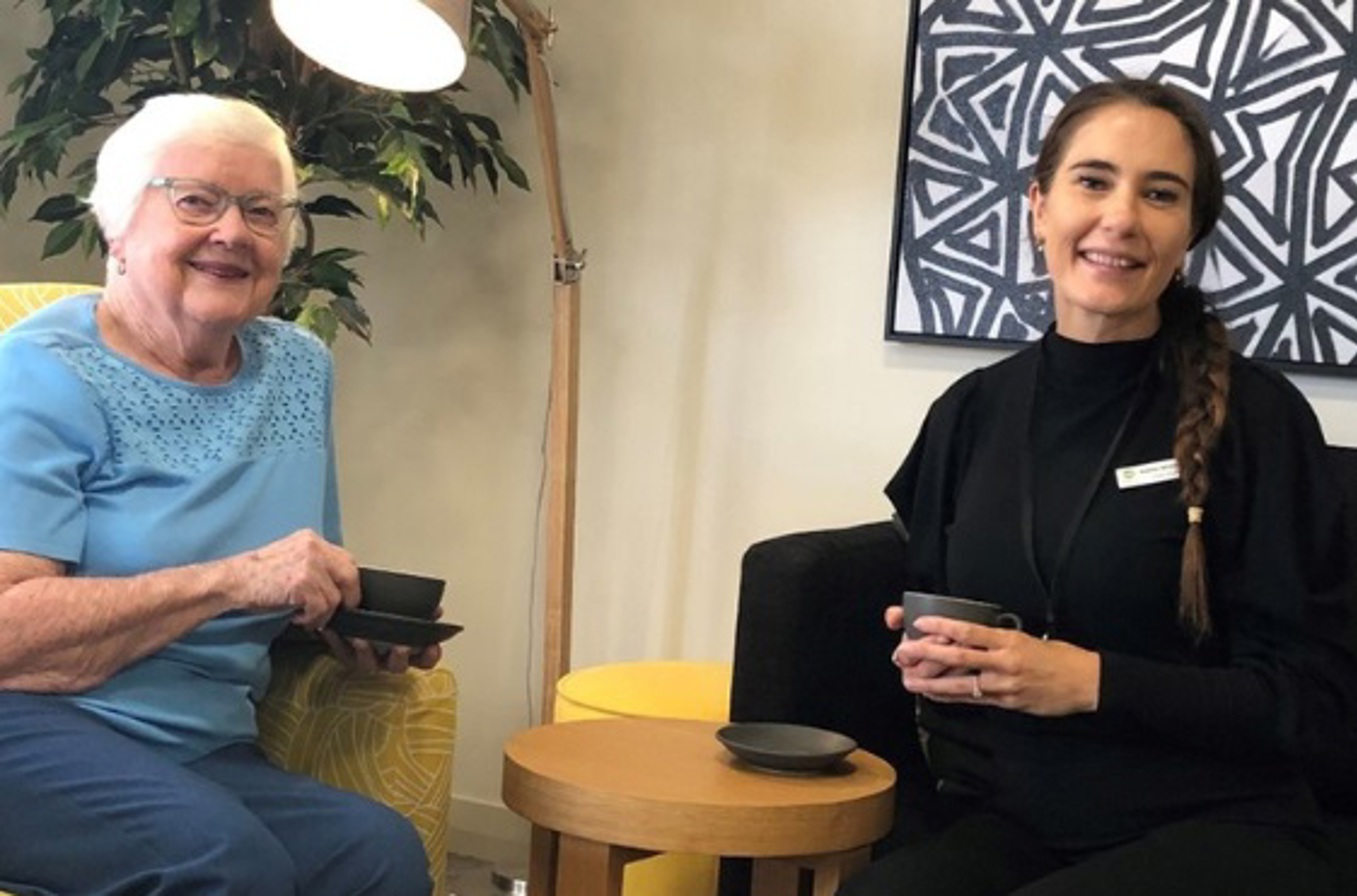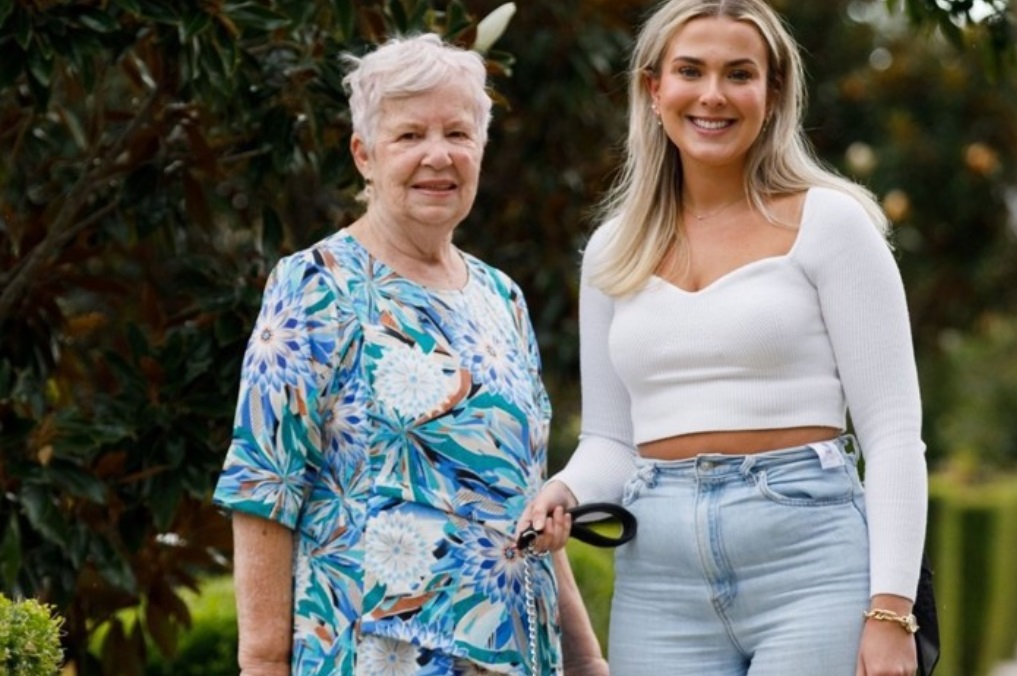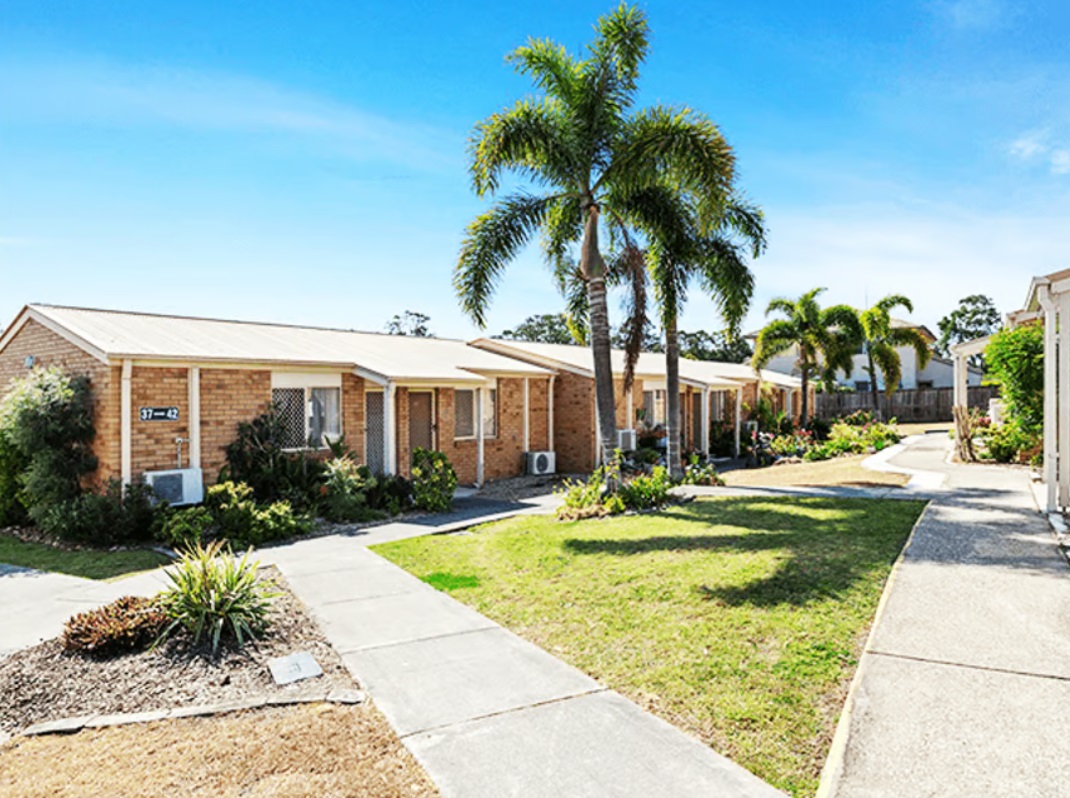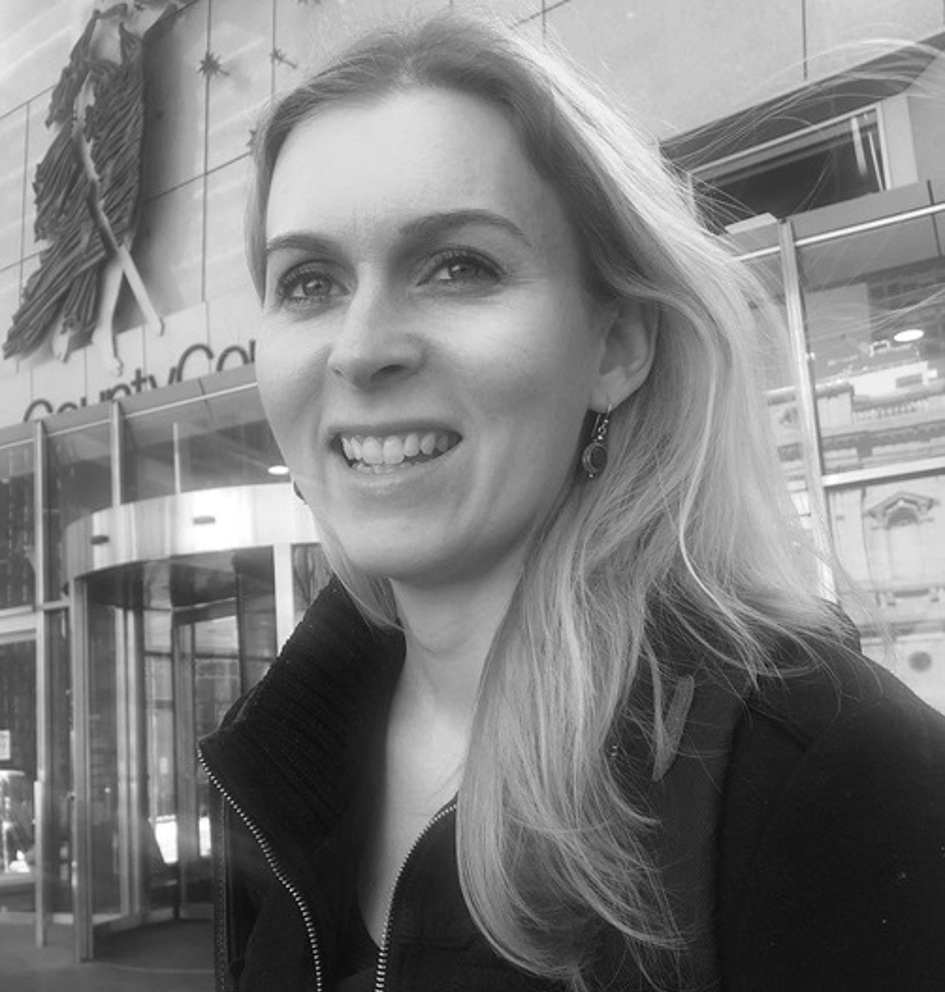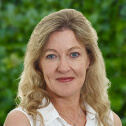How can Australia design better aged care homes for people living with dementia?

Author: Words by Lauren Broomham
With up to 80% of people living in residential aged care experiencing some form of dementia or cognitive impairment, more aged care providers are thinking outside the square when it comes to designing homes for people living with dementia.
Aged care provider HammondCare has been leading the way in delivering dementia care with its small household model for many years – but other operators are also making their mark.
Case in point: there is an increasing number of ‘dementia villages’ being built – HammondCare opened Adelaide’s first dementia village last year, the University of Canberra is building its first dementia village and a local parish has opened a small dementia village at Port Macquarie on the NSW Mid-North Coast.

HammondCare Daw Park
Korongee set the standard for dementia villages in Australia
ThomsonAdsett, the country’s most experienced seniors’ architects, designed Korongee, the first dementia village to open in Australia in 2020 outside of Hobart.
Operated by Not For Profit provider Glenview Community Services, the village features four houses set in separate cul-de-sacs with a range of community services including a café, community centre, salon, wellness centre and General Store.
The scale of the buildings is also very domestic with weatherboard houses, picket fences and community gardens.
But the dementia village model is still not widely available in Australia.
So, how can providers ensure that larger facilities are designed for people living with dementia – and quality of life?
Home-like design is the key
Dr Tanya Petrovich, Manager of Innovation at dementia advocacy peak body Dementia Australia, says the key to good dementia design is for the space to be ‘home-like’ – but that doesn’t mean that the environment has to resemble a small house.

“It’s about what does ‘home’ mean to people,” she said. “Home means that ‘I feel welcome, I feel warm, I feel safe, I feel secure’ and that’s what the environment needs to provide.”
Tanya says that homes should be:
- Easy to navigate – from finding the bedroom and the bathroom to going outside, the space should be easy to navigate
- Easy access to green space – Tanya says Dementia Australia has often found the door to the outdoors are locked
- A warm, comfortable temperature
- Less ambient noise – so commercial kitchens positioned away from living areas
- Less clutter – so medication trolleys confined to the back of house, and less patterns on floors, walls, and soft furnishings
Dementia Australia also offers EDIE, which stands for Educational Dementia Immersive Experience, a virtual reality experience that enables the user to experience life as ‘Eddie’ to help them understand the impact that the environment has on the person living with dementia.

This experience can help architects, staff, and providers to understand the sensory requirements and create checklists and processes to ensure the design is suitable for people living with dementia, for example, the positioning of windows and the choice of floor finishes.
With close to 200,000 older Australians living in residential aged care, it’s a small investment that could make a big difference to these individuals and their families.

